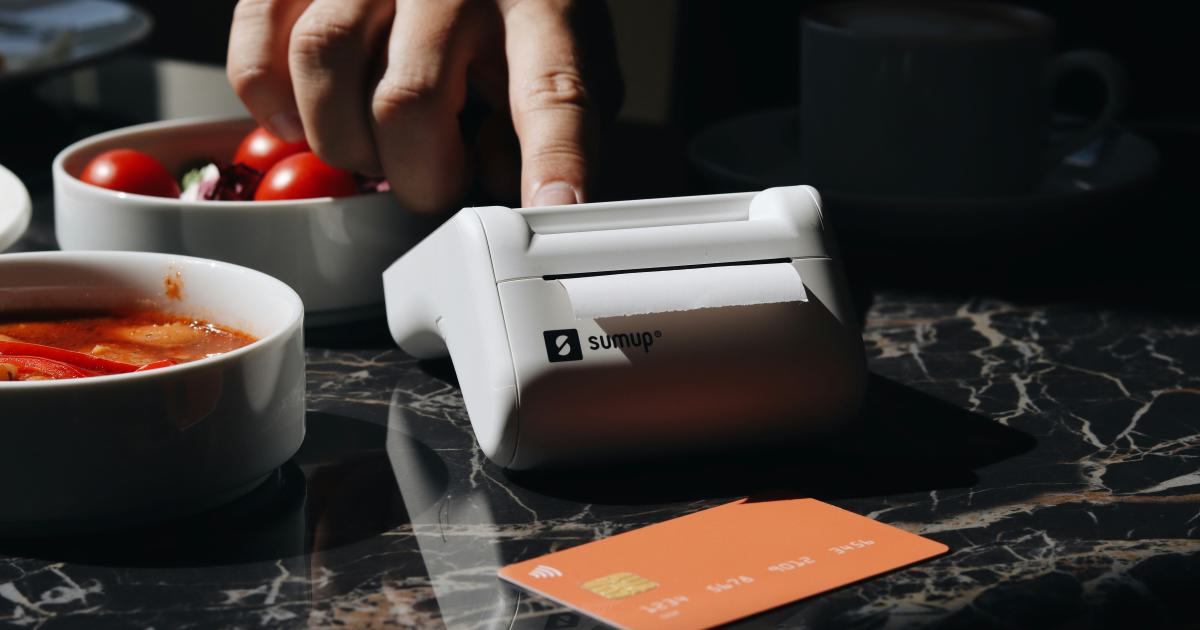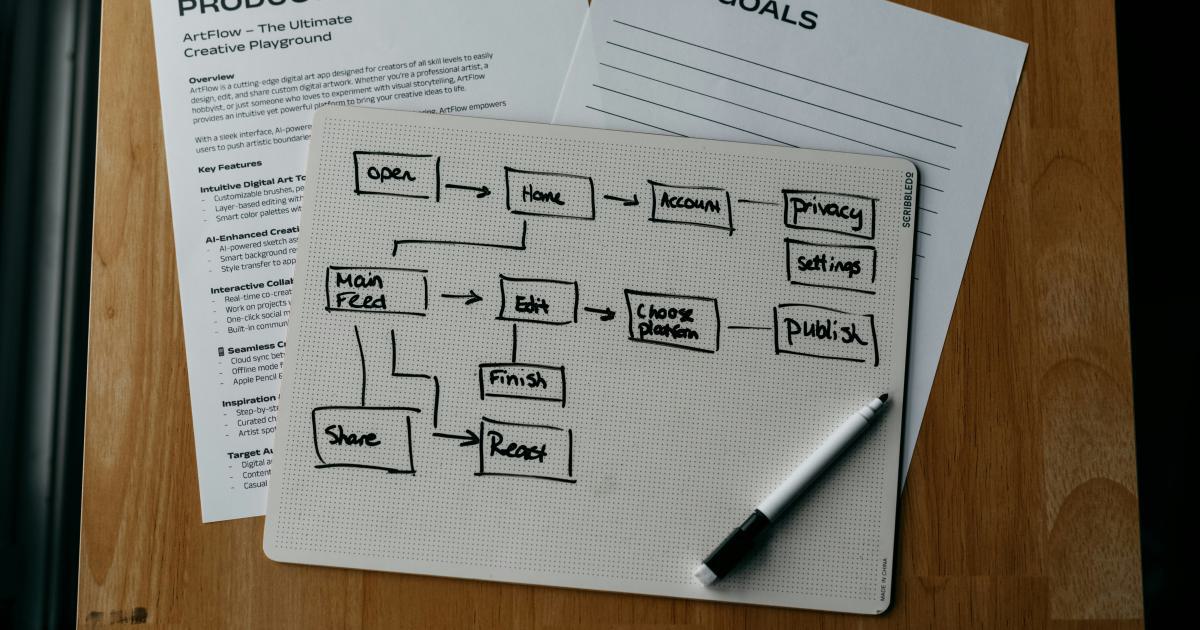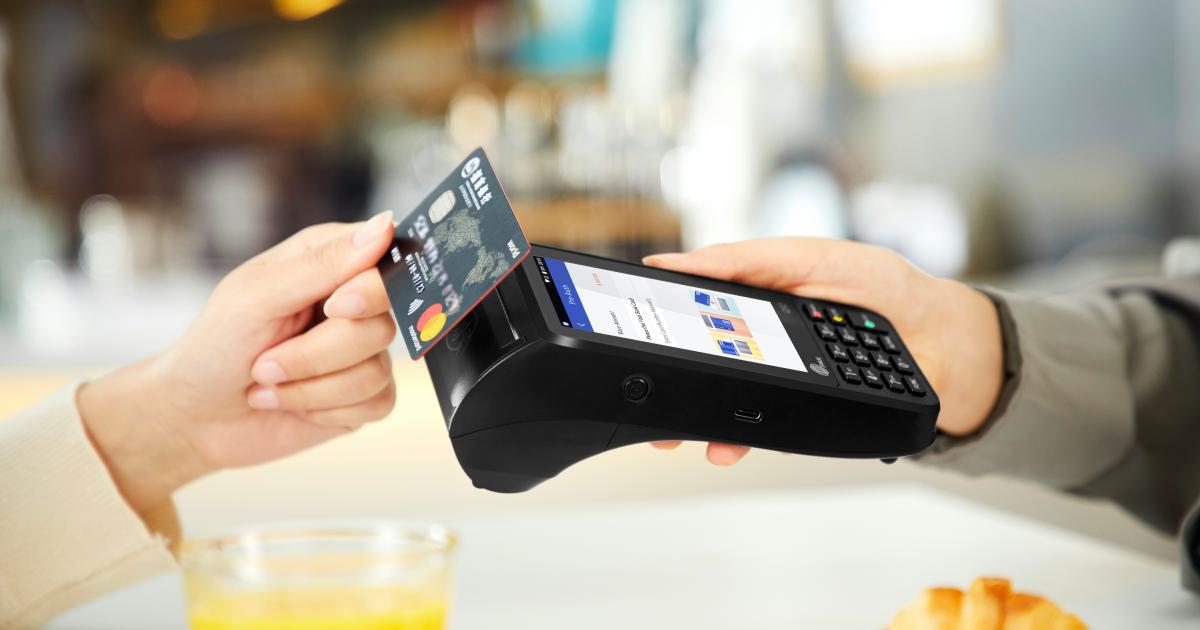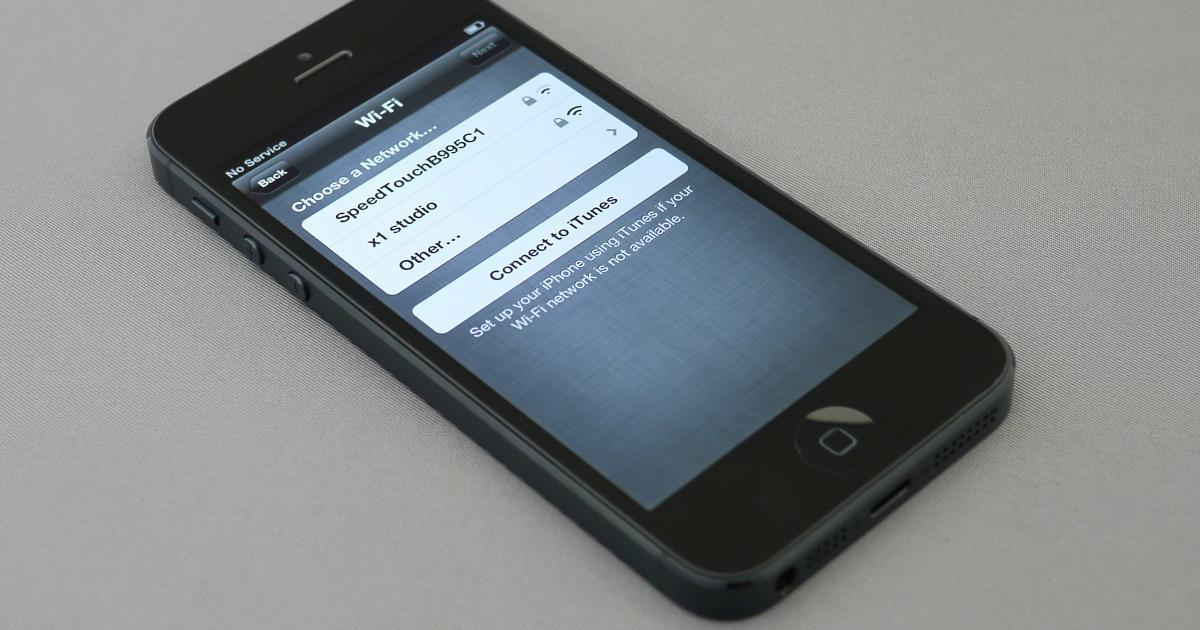Unleash Unstoppable Sales with Frictionless Mobile Checkout Flows


Introduction
In today's fast-paced digital landscape, where attention spans are dwindling and consumer expectations are skyrocketing, the ability to provide a seamless, frictionless mobile checkout experience has become a critical differentiator for businesses seeking to drive sales and maximize revenue. As more and more consumers turn to their smartphones to make purchases, ensuring a smooth and efficient checkout process has become a make-or-break factor in the success of any ecommerce or mcommerce venture.
The problem is that many businesses are still grappling with outdated, clunky, and frustrating mobile checkout flows that result in abandoned carts, lost sales, and dissatisfied customers. Abandoned cart rates for mobile transactions can be as high as 85%, and a significant portion of these are due to poor user experience at the checkout stage. Addressing this challenge is not only crucial for boosting sales and revenue, but also for building brand loyalty and enhancing the overall customer journey.
In this comprehensive article, we will explore the key factors that contribute to a frictionless mobile checkout experience, analyze the root causes of friction, and uncover proven strategies and tactics to help businesses unleash unstoppable sales by optimizing their mobile checkout flows.
Problem Analysis
The Rise of Mobile Commerce
The explosive growth of mobile commerce has been one of the most significant trends in the retail industry over the past decade. According to recent statistics, mobile commerce now accounts for over 72% of all ecommerce transactions, with global mobile shopping revenue expected to exceed $3.5 trillion by 2024. Consumers have become increasingly accustomed to the convenience and accessibility of shopping on their smartphones, and they expect a seamless and efficient experience at every stage of the purchase journey.
The Perils of Friction in Mobile Checkout
However, the reality is that many businesses are still struggling to keep up with the rapidly evolving mobile landscape. Outdated website designs, clunky user interfaces, and complex checkout processes can all contribute to a frustrating mobile experience, leading to high cart abandonment rates and lost sales.

According to a study by Baymard Institute, the average cart abandonment rate for mobile transactions is a staggering 85.65%, compared to 69.57% for desktop. The primary reasons for this discrepancy include:
Complicated Checkout Forms: Long, multi-step checkout processes with numerous form fields can be cumbersome and overwhelming for mobile users, leading to increased friction and higher abandonment rates.
Lack of Payment Options: Offering a limited range of payment methods, such as only accepting credit cards, can alienate mobile users who prefer alternative payment methods like digital wallets or buy-now-pay-later options.
Poor Mobile Optimization: Websites that are not optimized for mobile devices, with small buttons, tiny text, and layouts that don't scale well, can create a frustrating user experience that drives customers away.
Security Concerns: Customers may be hesitant to enter sensitive payment or personal information on their mobile devices, especially if the website does not convey a strong sense of security and trust.
Unexpected Costs: Hidden fees, taxes, or shipping costs that are not clearly communicated upfront can lead to sticker shock and cart abandonment at the final stage of the checkout process.
Addressing these pain points and creating a frictionless mobile checkout experience is crucial for businesses seeking to capitalize on the rapidly growing mobile commerce market and drive sustainable revenue growth.
The Consequences of Friction
The consequences of a poor mobile checkout experience go far beyond just lost sales. Unresolved friction in the checkout process can also lead to:
Damaged Brand Reputation: Frustrated customers are more likely to share their negative experiences on social media or review platforms, harming the business's reputation and making it harder to attract new customers.
Decreased Customer Loyalty: If a customer has a consistently poor experience with a brand's mobile checkout, they are less likely to return, reducing the lifetime value of that customer.
Missed Opportunities for Cross-Selling and Upselling: A smooth, frictionless checkout experience opens the door for businesses to capitalize on opportunities for cross-selling and upselling, further boosting revenue.
By addressing the root causes of friction in the mobile checkout process, businesses can not only drive immediate sales but also lay the foundation for long-term customer loyalty, brand equity, and sustainable growth.
Proposed Solutions
Solution 1: Optimize the Checkout Form
One of the most effective ways to reduce friction in the mobile checkout process is to optimize the checkout form. This involves streamlining the number of form fields, reducing the amount of required information, and making the overall experience more intuitive and user-friendly.
Key Strategies:
Minimize Form Fields: Analyze the essential information required to complete a transaction and ruthlessly eliminate any unnecessary form fields. Aim for a checkout flow that can be completed in 3-5 steps or fewer.
Implement Auto-Fill Functionality: Leverage auto-fill capabilities to pre-populate form fields with information the customer has previously provided, reducing the amount of manual data entry required.
Offer Guest Checkout: Allow customers to complete a purchase without the need to create an account, which can be a significant barrier to conversion for mobile users.
Optimize for Thumb Navigation: Ensure that all form fields and buttons are easily accessible and within the natural reach of a user's thumb, making the checkout process more comfortable and efficient.
Provide Clear Error Messages: If a customer encounters an issue while completing the form, offer clear, concise error messages that guide them towards a resolution.

By implementing these strategies, businesses can create a frictionless mobile checkout experience that reduces cognitive load, minimizes frustration, and ultimately drives higher conversion rates.
Solution 2: Expand Payment Options
Another key factor in creating a frictionless mobile checkout experience is offering a diverse range of payment options that cater to the preferences and needs of your target audience.
Key Strategies:
Integrate Digital Wallets: Incorporate support for popular digital wallets like Apple Pay, Google Pay, and Samsung Pay, allowing customers to complete transactions with just a few taps.
Offer Buy-Now-Pay-Later (BNPL) Options: Providing BNPL services like Affirm, Afterpay, or Klarna can appeal to customers who prefer to spread out their purchases over time.
Enable Secure One-Click Checkout: Implement seamless one-click checkout solutions that allow returning customers to make purchases without having to re-enter their payment information.
Support Alternative Payment Methods: Consider integrating support for emerging payment methods like cryptocurrency, mobile peer-to-peer transfers, or mobile banking apps, depending on the preferences of your target market.

By diversifying the payment options available to mobile customers, businesses can cater to a wider range of preferences and reduce the friction associated with the checkout process, ultimately leading to higher conversion rates and increased sales.
Solution 3: Optimize the Mobile User Experience
In addition to streamlining the checkout form and expanding payment options, businesses must also focus on optimizing the overall mobile user experience to create a frictionless checkout flow.
Key Strategies:
Ensure Responsive Design: Ensure that the website and checkout process are fully responsive and optimized for various mobile device sizes and screen resolutions.
Optimize Page Load Times: Minimize page load times by compressing images, leveraging browser caching, and implementing other performance optimization techniques.
Improve Navigation and Accessibility: Enhance the mobile navigation experience by using large, easy-to-tap buttons, clear visual cues, and intuitive menu structures.
Provide Secure Trust Signals: Prominently display security badges, SSL certificates, and other trust signals to reassure customers that their personal and financial information is safe.
Offer Seamless Cross-Device Functionality: Enable customers to start a purchase on one device and easily resume or complete the transaction on another, without losing any progress or data.

By focusing on these key aspects of the mobile user experience, businesses can create a cohesive, frictionless checkout flow that builds trust, reduces frustration, and ultimately drives higher conversion rates.
Solution 4: Leverage Data and Analytics
To continuously improve the mobile checkout experience, businesses should leverage data and analytics to identify pain points, measure the impact of optimizations, and make informed decisions about future enhancements.
Key Strategies:
Track Checkout Funnel Metrics: Monitor key metrics like cart abandonment rate, average order value, and conversion rate at each stage of the checkout process to pinpoint areas of friction.
Conduct User Testing: Gather direct feedback from customers by conducting usability tests, surveys, or user interviews to understand their pain points and preferences.
Implement A/B Testing: Experiment with different checkout designs, form layouts, and payment options to determine the most effective configurations for your target audience.
Analyze Heatmaps and Session Recordings: Use tools like heatmaps and session recordings to visualize how customers interact with the mobile checkout process and identify areas of confusion or frustration.
Leverage Customer Segmentation: Analyze customer data to identify distinct user segments and tailor the checkout experience to their unique needs and preferences.

By continuously monitoring, testing, and iterating on the mobile checkout experience, businesses can stay ahead of evolving customer expectations, identify and address pain points, and drive sustained growth in sales and revenue.
Comparison of Solutions
The four solutions presented in this article each address different aspects of the mobile checkout friction problem, and when implemented together, they can create a truly frictionless experience that drives remarkable results.
Optimizing the Checkout Form: This solution directly tackles the root cause of friction by streamlining the checkout process and reducing the cognitive load on mobile users. By minimizing form fields, implementing auto-fill functionality, and optimizing for thumb navigation, businesses can significantly improve conversion rates and customer satisfaction.
Expanding Payment Options: Offering a diverse range of payment methods, including digital wallets and BNPL options, caters to the diverse preferences of modern mobile consumers. This solution helps to eliminate friction caused by limited or outdated payment options, ultimately increasing the likelihood of a successful transaction.
Optimizing the Mobile User Experience: Enhancing the overall mobile experience, from responsive design to improved navigation and security, creates a sense of trust and confidence that can drive increased conversions and customer loyalty.
Leveraging Data and Analytics: Continuously monitoring, testing, and iterating on the mobile checkout experience is essential for identifying and addressing pain points, as well as capitalizing on emerging trends and customer preferences.
When these solutions are implemented in a coordinated and strategic manner, businesses can create a truly frictionless mobile checkout flow that not only boosts sales but also fosters long-term customer relationships and brand loyalty.
Implementation Strategy
Based on the analysis and comparison of the proposed solutions, the recommended approach for businesses seeking to create a frictionless mobile checkout experience is a comprehensive strategy that combines the key elements of each solution.
Step 1: Optimize the Checkout Form
- Conduct a thorough audit of the existing checkout form, identifying opportunities to streamline and simplify the process.
- Implement strategies such as minimizing form fields, enabling auto-fill functionality, and optimizing for thumb navigation.
- Continuously monitor and test the checkout form to identify and address any remaining pain points.
Step 2: Expand Payment Options
- Integrate support for popular digital wallets and BNPL services to cater to the preferences of your target audience.
- Explore opportunities to integrate alternative payment methods, such as cryptocurrency or mobile peer-to-peer transfers, as appropriate for your business and customer base.
- Ensure a seamless one-click checkout experience for returning customers.
Step 3: Optimize the Mobile User Experience
- Ensure that the website and checkout process are fully responsive and optimized for various mobile device sizes and screen resolutions.
- Implement performance optimization techniques to improve page load times and enhance the overall user experience.
- Improve navigation and accessibility, making it easy for customers to find and complete their transactions.
- Prominently display security badges, SSL certificates, and other trust signals to build customer confidence.
- Enable seamless cross-device functionality, allowing customers to start a purchase on one device and complete it on another.
Step 4: Leverage Data and Analytics
- Establish a comprehensive data and analytics strategy to track key metrics throughout the mobile checkout funnel.
- Conduct regular user testing, surveys, and interviews to gather direct feedback from customers.
- Implement A/B testing to experiment with different checkout designs, form layouts, and payment options.
- Utilize heatmaps and session recordings to visualize customer interactions and identify areas of friction.
- Leverage customer segmentation to tailor the checkout experience to the unique needs and preferences of your target audience.
Step 5: Continuous Improvement
- Regularly review and analyze the performance of the mobile checkout experience, using data and customer feedback to identify areas for improvement.
- Implement an agile, iterative approach to optimizing the checkout flow, allowing for rapid testing and implementation of new features or enhancements.
- Allocate resources and budget to ongoing mobile checkout optimization, recognizing it as a critical and ongoing component of the business strategy.
By following this comprehensive implementation strategy, businesses can create a frictionless mobile checkout experience that drives sustainable sales growth, fosters customer loyalty, and positions the brand for long-term success in the rapidly evolving world of mobile commerce.
Conclusion
In today's highly competitive and mobile-centric retail landscape, the ability to provide a frictionless checkout experience has become a crucial differentiator for businesses seeking to drive sales and maximize revenue. By addressing the root causes of friction in the mobile checkout process, including complicated forms, limited payment options, and poor user experience, businesses can unlock a world of untapped potential and position themselves for sustained growth and success.
The solutions presented in this article – optimizing the checkout form, expanding payment options, enhancing the mobile user experience, and leveraging data and analytics – offer a comprehensive framework for creating a truly frictionless mobile checkout flow. By implementing these strategies in a coordinated and strategic manner, businesses can not only boost immediate sales but also build long-term customer loyalty and brand equity.
As consumer expectations and the mobile commerce landscape continue to evolve, the businesses that prioritize and invest in creating a seamless, efficient, and intuitive mobile checkout experience will be the ones that emerge as the clear leaders in their respective industries. So, what are you waiting for? Start your journey towards unleashing unstoppable sales with a frictionless mobile checkout flow today.